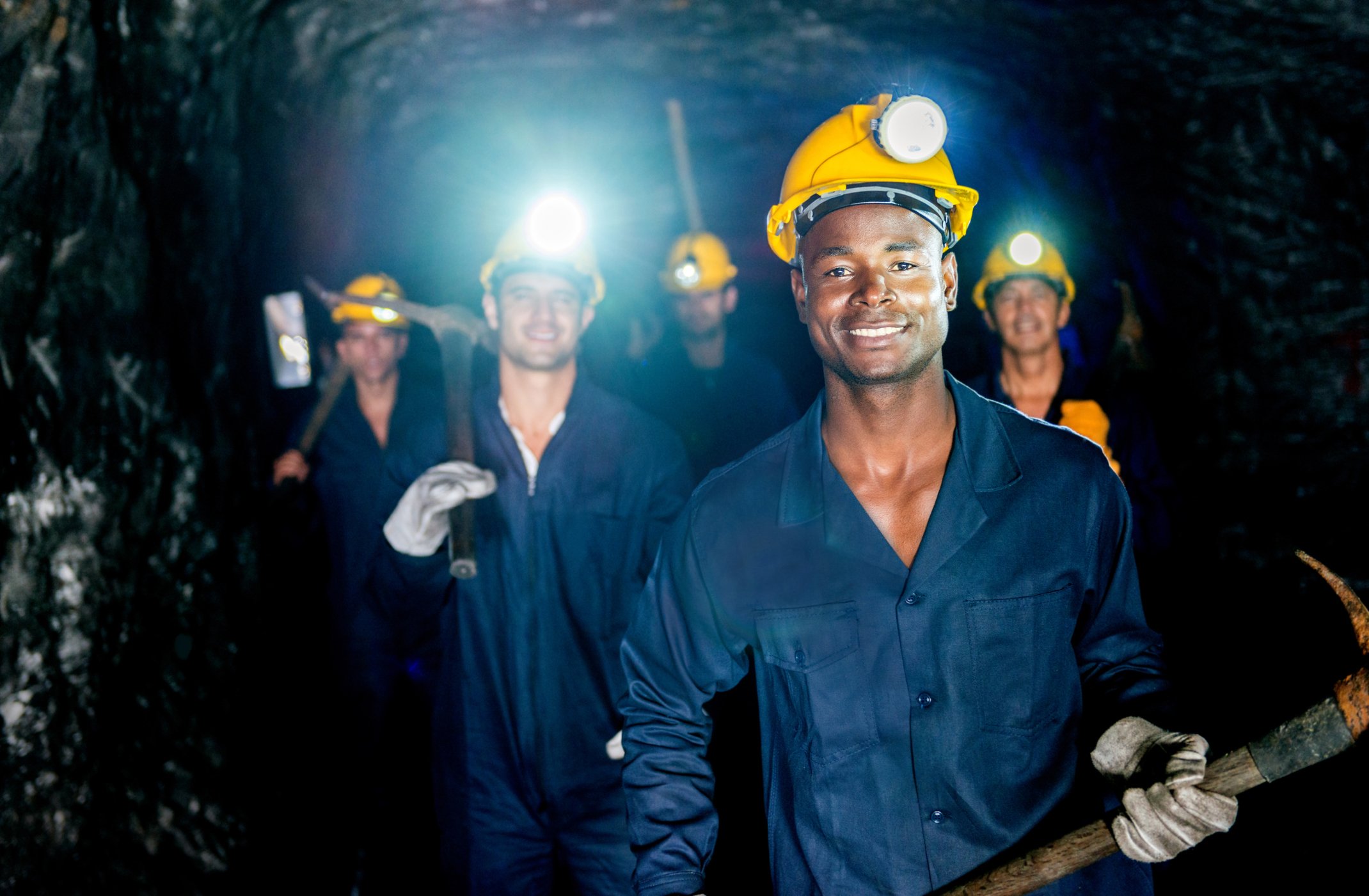Shareholders were none too pleased with the performance of Coeur Mining (CDE 1.94%) in 2017, especially after the stock's rocket ship ride the year before. Shares of the precious metals miner retreated 18% last year, and it would have been even worse without a December rally. Where did things go wrong?
Well, most of the company's woes largely stemmed from rising production costs. Through the first nine months of 2017 Coeur Mining delivered a nearly $50 million increase in revenue compared to the year-ago period, but saw production costs rise $70 million in the same time frame. Throw in higher exploration and other costs and total operating expenses rose $100 million in that span. That's not a winning formula.
Despite the bumpy ride last year, there's reason to expect better days ahead. Do recent and upcoming operating changes make Coeur Mining a buy?

Image source: Getty Images.
Better days ahead?
The rising production costs encountered last year came from higher than expected costs at the company's San Bartolome mine in Bolivia and lower-than-expected gold grades at the Kensington mine in Alaska. Ironically, higher per-unit costs meant the year-over-year increase in production hurt Coeur Mining's financial performance. But a few changes to the asset portfolio could provide much needed help in short order.
In late December, Coeur Mining announced that it sold its Bolivian subsidiary. That will remove the mine's relatively high expenses and short remaining life from the company's production pool. In other words, addition by subtraction. Plus, the company will receive a $13 million refund for the value added tax, a $28 million promissory note equal to the subsidiary's cash position, and a 2% royalty on all metals processed from the San Bartolome mine after one year from closing. The latter has an estimated annual value of $5 million in cost-free revenue.
That removes one headache for shareholders, but leaves them exposed to other inefficiencies in the production portfolio that made their presence felt in 2017. Luckily, management expects to make progress on those fronts as well.
Several capital projects that required years of development and tens of millions of dollars in investment should begin to bear fruit in 2018. After two years of work Coeur Mining finally began extracting high-grade ore from the Jualin deposit at the Kensington mine, which will help to offset the lower-than-expected gold grades that surprised the company last year.

Image source: Getty Images.
Meanwhile, a nearly four-year project to expand the Rochester mine in Nevada wrapped up at the end of last year and will begin contributing to the bottom line and cash flow. Another expansion project at its Palmarejo mine in Mexico was completed one quarter ahead of schedule, and will also begin contributing in 2018.
That's not all. In the third quarter of 2017 Coeur Mining announced the acquisition of a newly constructed silver, zinc, and lead mine in Canada called Silvertip. The addition will add 10 million silver equivalent ounces to the company's output per year once ramped up, with initial production slated for the end of the first quarter of this year.
More importantly, Silvertip is expected to produce at costs of $10.50 per ounce to $11.50 per ounce (silver equivalent). That's significantly lower than the company's full-year 2017 cost guidance of $14.75 per ounce in a best-case scenario, and much lower than costs from San Bartolome, which it's essentially replacing in terms of volume. The company expects the new silver mine to add about $70 million in EBITDA per year and operate for just over seven years as currently constructed.
All that said, Coeur Mining's preliminary production guidance for 2018 calls for slightly lower overall volume than what was achieved in 2017. That's because expansion projects coming online are offsetting declining production from aging deposits, while Silvertip is only replacing the Bolivian mine and won't operate at full capacity in the year ahead. That shouldn't matter if lower production costs can be achieved, as expected, which would provide noticeably better profits and cash flow.
Investor takeaway
Gold stock enthusiasts should at least make themselves familiar with Coeur Mining. A rough 2017 pushed the stock down, but well-timed improvements to the asset portfolio through mine expansions, the divestment of San Bartolome, and the acquisition of Silvertip could get the company back on track to deliver consistent profits more in line with investors' expectations. I don't like gold stocks for the simple reason they tend to have an awful track record compared to the S&P 500 over long periods of time, but I can see the potential for this stock to have a much better 2018.






